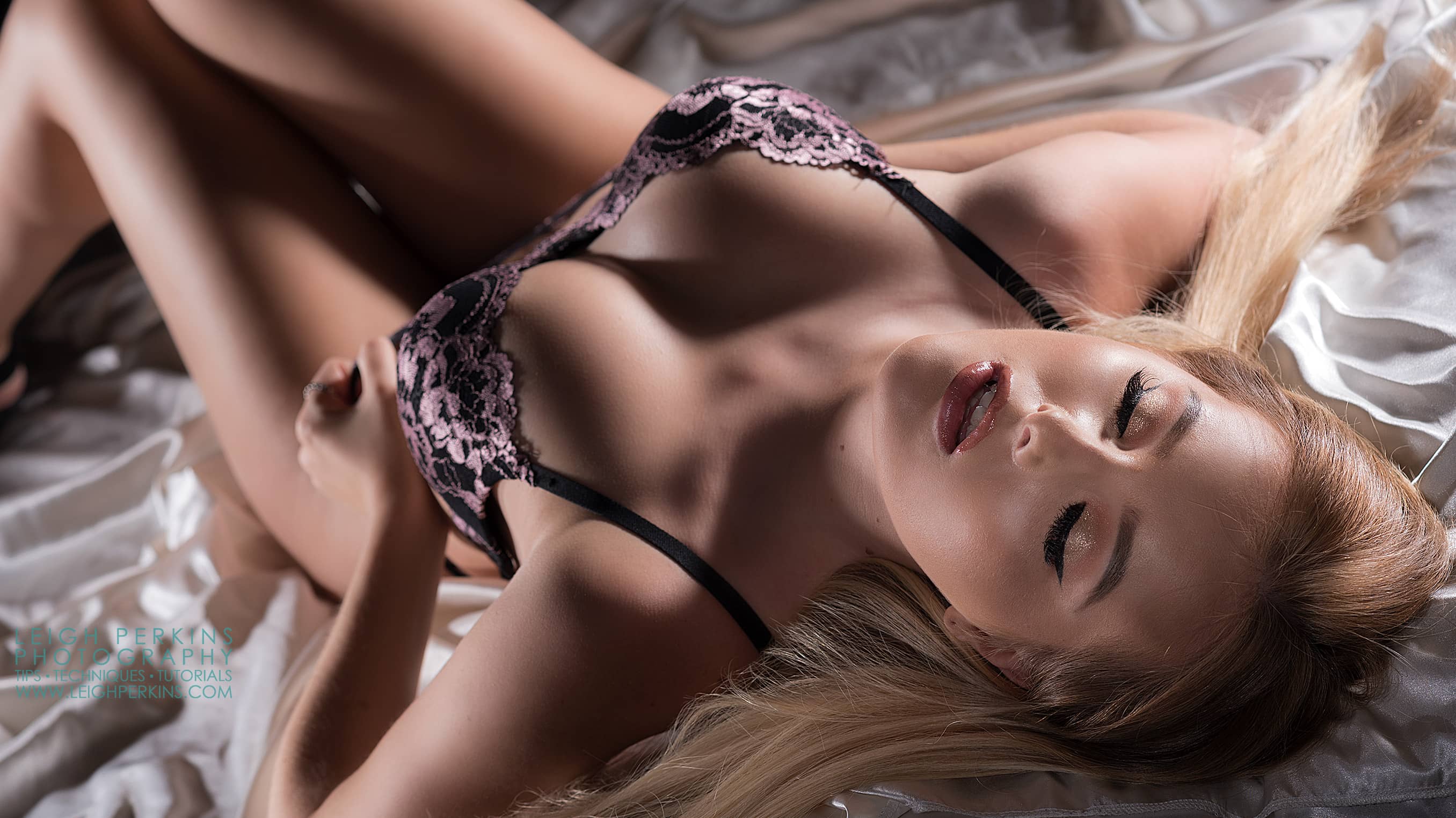No-one can dispute that the development of DSLR cameras over the last fifteen years or so has been nothing short of miraculous. The phrase “yeah but it’s still not as good as film” is now pretty much in the same league as “40MB hard drive?…I’ll never need anything bigger than that”! – I do actually know someone who said that albeit in the latter part of the last century. ?
The question is do we actually need any higher resolution? Enough with the pixel count already! My current camera offers me 24 million or so teeny weeny pixels and that’s nowhere near the top. Thirty six million is not uncommon in a DSLR and now even fifty is available. So why does this upset me so? Well I’m in the business of shooting skin, I shoot clients and models mostly in some kind of undress. Lingerie is about as dressed as most of my subjects get and more often than not, less than that. Shooting people in what is almost 8K definition, if you want to go by TV terms, is not kind to the subject’s skin.
“Pore” Resolution
Do we need to see every hair follicle, every skin pore every tiny imperfection in the most incredible, accurate detail? I would suggest not. The more pixels we get, the more we need to “correct” our clients’ skin to a more flattering, less than HD look.
This problem has generated its own range of solutions. Apps have been developed for phones, tablets and the like that will automatically add layers of skin softening to portraits and selfies. This in turn creates demand for more processing power from the hardware which means newer devices come along which have even higher definition cameras and so the long day wears on. Whilst these apps do an ok job for your Instagram or Facebook snap, what of the portrait photographer or fashion photographer or the boudoir photographer who needs something way more versatile and convincing than a one stop shop iPhone fix for his shot that could be blown up to half the size of a house.
Well of course Portrait Pro is only a “buy it now” click away for those who are happy to let the software take control of the subject’s complex complexion. But for the more serious amongst us I’m afraid there is no option but to spend a little more time and effort than simply moving sliders back and forth. We have to delve into the darker reaches of Photoshop and be a little more creative to give the near-perfect skin result that the Instagram generation demands.


Time Management
In saying that of course we still have to find time-efficient ways of achieving near perfection in order to keep our businesses running smoothly. Often with tens or even hundreds of images to edit weekly, our skin softening method needs to be quick, efficient and achieve a quality that the iPhone apps can only dream of. Not for us are those blurred eyelashes where the softening filter hasn’t distinguished between cheek and hair or blurry nostril holes and fuzzy eyebrows. So our method relies not on a click here or move a slider there approach, but a more manual old school brush in hand methodology.
And…Action
So in this video I’m going to show you one of the two methods I use for softening skin on my clients’ images. This is not a new method and in fact it’s been around for a number of years. It revolves around creating a duplicate layer of our image via a series of gaussian blur, opacity and blending mode steps. The effect, if done properly, is subtle, extremely effective, very believable and time efficient. It does require a teeny bit of practice but the results are a far cry from the waxwork-looking skin of many if the one-stop-shop-fix-all, skin smoothing apps.
The number of steps used to actually get to the final new layer is quite surprising and most people including yours truly would forget them in a jot if not using the method regularly. Fortunately, I’ve packaged them altogether in a nice handy action which is available to download in my members area. I’ll be the first to admit that the original action was not my creation but I have tweaked and changed the steps over the years to create my own personalised version. So if you don’t mind investing a little time honing your brush skills, head on to the video. Otherwise just head on back to your favourite clickety click app and be happy where the line between reality and perfection is, well…blurred!
Skin Softening Photoshop Action Download (Members Only)





